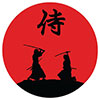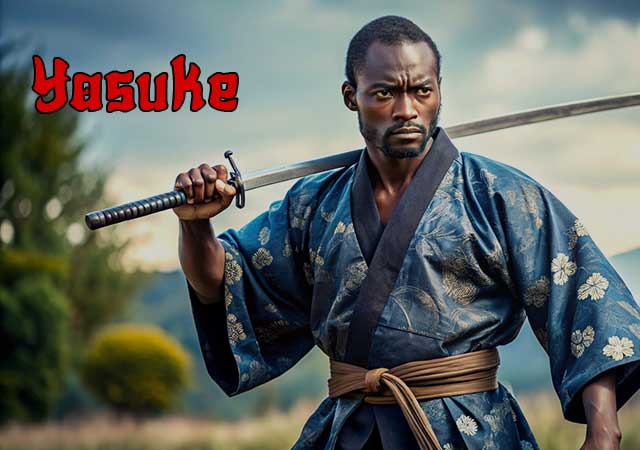
Yasuke, an African page, arrived in Japan in 1579 as the attendant of the Italian Jesuit missionary Alessandro Valignano. Before the arrival of the Englishman William Adams, it is thought that Yasuke was possibly the inaugural non-Japanese samurai, arriving about twenty years earlier.
Documented in the Shincho Koki, the Diary of Oda Nobunaga, as well as in the accounts of contemporary missionaries, Yasuke's origins are speculated to be from Mozambique or possibly from the Bakongo region (modern-day Congo), where the Portuguese had extensive trade connections. Standing at a height of 6 shaku 2 sun (about 6 ft. 2 or 188 cm), Yasuke's stature was quite remarkable compared to the average Japanese of the time, who stood around 150 to 165 cm. It was estimated that he was approximately 25 years of age.
Yasuke accompanied Valignano to Kyoto in March of 1581, causing quite a stir among the locals. Crowds gathered to catch a glimpse of him, with some people being crushed in the commotion. The War Lord Oda Nobunaga, intrigued by the reports of this "black man," demanded to meet him.
On March 23, 1581, Yasuke was presented before Oda Nobunaga, who initially thought his dark skin was painted on. To verify, Nobunaga had Yasuke stripped to the waist and cleaned. Impressed by Yasuke's size, strength, and intelligence, Nobunaga engaged in conversation with him. Recognizing Yasuke's formidable strength, Nobunaga requested that Valignano leave Yasuke in his service. Yasuke had learned some Japanese, and Nobunaga either saw him as a potential bodyguard or simply a curiosity. Regardless, Nobunaga treated Yasuke with great favor, even awarding him the status of Shiki, or samurai, along with the two swords of the office.
Yasuke remained loyal to Nobunaga and was with him on the day of his assassination in June 1582 by the traitor Akechi Mitsuhide. As Nobunaga perished in the flames of the temple, Yasuke rushed to defend Nobunaga's son and heir, Nobutada, at Nijo Castle.
Yasuke fought alongside Nobutada before eventually surrendering to Akechi samurai. Unsure of what to do with the foreigner, Mitsuhide eventually returned Yasuke to the Jesuit church in Kyoto. After that, there are no further records of Yasuke, the first foreign samurai.
In 1943, author Kurusu Yoshio penned a children's book about the African samurai.
Another story surrounding Yasuke involves his actions during the Honno-ji Incident. According to the tale, Yasuke fled to Nijo Castle to deliver an important package to Nobunaga's son, Nobutada — the package being Nobunaga's head!
See also
-
Tachibana Dosetsu
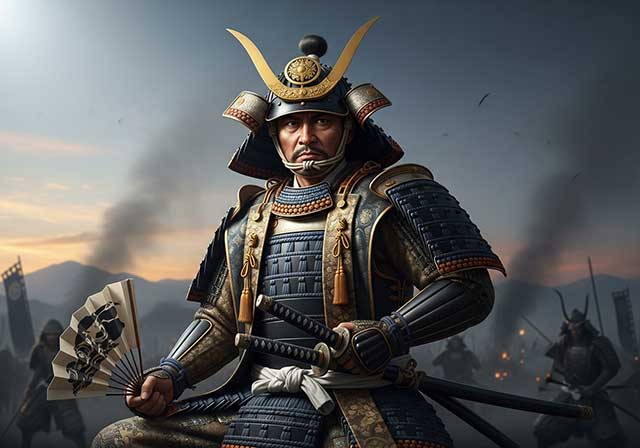
Tachibana Dōsetsu is the name by which Hetsugi Akitsura is more widely known; the name of this lineage is also found read as Hekki or Bekki. For a long period, Akitsura served the Ōtomo clan, the daimyō of Bungo Province, and took part in wars against the Ōuchi family, the principal enemies of the Ōtomo in northwestern Kyushu. In the 1560s, Akitsura seized the castle of the Tachibana clan, which had rebelled against the Ōtomo, and thereafter adopted the surname Tachibana. Around the same time, he took Buddhist vows and assumed the name Dōsetsu, which means “Snowy Road.”
-
Taira no Masakado
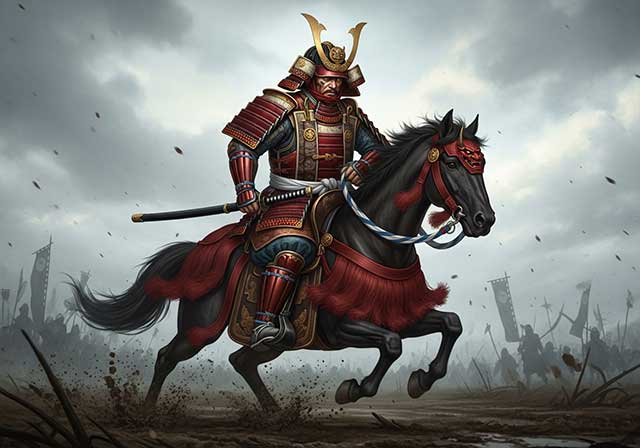
Taira no Masakado embodied the quintessential samurai of his era—self-assured, harsh, and unyielding. In his youth, he served in the palace guard and repeatedly proved his bravery while suppressing unrest. Thanks to these achievements, Masakado sought the post of chief of the capital’s military-police office (the kebiishi-chō), but he was rejected: by that time, nearly all court positions—now little more than privileged sinecures—were controlled by members of the powerful Fujiwara clan.
-
Sakakibara Yasumasa
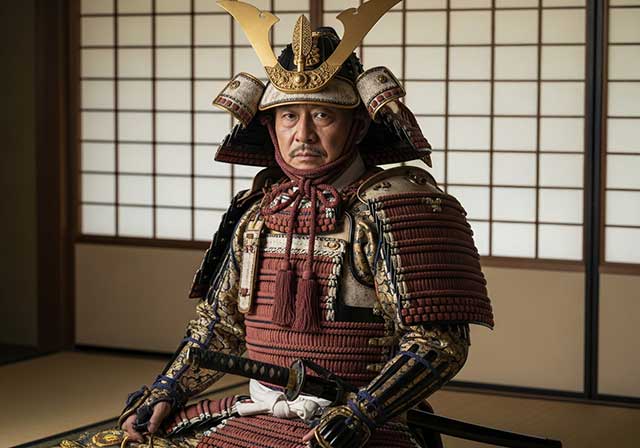
Yasumasa was the second son of Sakakibara Nagamasa and was born in Ueno in Mikawa Province. From a young age, he began serving Tokugawa Ieyasu and eventually rose to the position of one of his most trusted generals. His wife was the daughter of Osuga Yasutaka. Ieyasu first noticed the young Yasumasa during the suppression of the Ikkō-ikki uprising in Mikawa in 1564. Thanks to his demonstrated abilities, Yasumasa was granted the privilege of using the character “yasu”—the second character of Ieyasu’s own name—in his own. Although he was the second child in his family, he became his father’s heir, though the exact reasons for this remain unknown.
-
Sakai Tadatsugu

Tadatsugu was one of the most renowned generals serving Tokugawa Ieyasu. After Ieyasu broke ties with the Imagawa clan, Tadatsugu—an ardent supporter of this decision—was granted command of Yoshida Castle in 1565, which controlled the coastal road from Tōtomi to Mikawa. During the Battle of Mikatagahara in 1573, he held the right flank of the Tokugawa forces even when the troops sent by Oda fled under the assault of the Takeda army. In the Battle of Nagashino in 1575, he personally requested permission to carry out a night attack on the Takeda camp, which he executed brilliantly together with Kanamori Nagachika.
-
Ryuzoji Takanobu
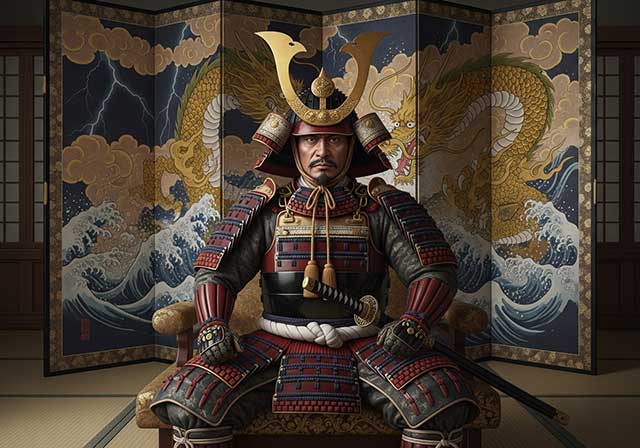
Takanobu was the eldest son of Ryūzōji Takaie and the great-grandson of Ryūzōji Iekane. His father was killed by a man named Baba Yoritiku in 1544. At a young age, Takanobu took Buddhist vows and received the monastic name Engetsu. However, around the age of eighteen, he returned to secular life, and in 1548, after the death of Ryūzōji Tanehide, he became the head of both branches of the Ryūzōji family.
-
Ouchi Yoshihiro
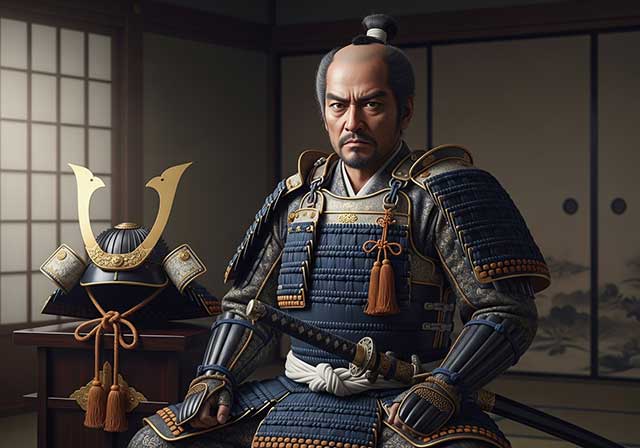
Ōuchi Yoshihiro was the second son of Ōuchi Hiroyo, who headed the Ōuchi clan in the western part of Honshu. In 1363, Shogun Ashikaga Yoshimitsu confirmed the Ōuchi family in the position of shugo of Suō and Nagato Provinces. In his youth, Yoshihiro assisted his father in strengthening the influence of the Northern Court on the island of Kyushu — they served under Imagawa Ryōsun, who had been tasked with subjugating the nine provinces of Kyushu.
-
Ouchi Yoshioki
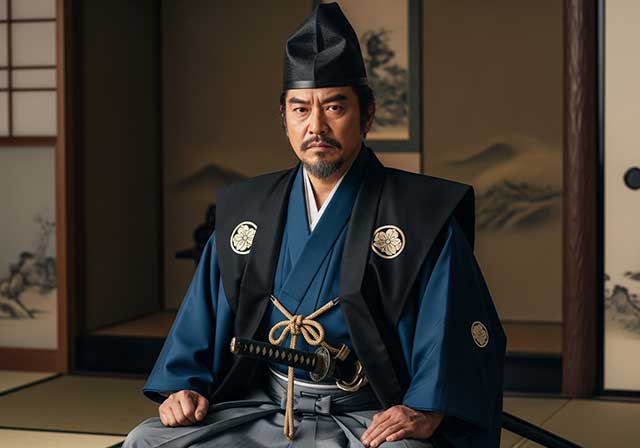
Ouchi Yoshioki, the ruler of the provinces of Suo, Nagato, and Iwami, was one of the most capable military commanders and politicians of the late 15th and early 16th centuries. The son of Ouchi Masahiro, he governed from his residence in Yamaguchi in the province of Suo. In 1499, Yoshioki gave refuge to Shogun Ashikaga Yoshitane, who had been driven out of Kyoto by Hosokawa Masamoto. Shogun Yoshizumi, Masamoto’s protégé, ordered the lords of Kyushu to unite their forces against Yoshioki; however, they did not dare to do so, fearing the power of a man who by that time controlled six provinces. Having gathered a substantial army, Yoshioki marched from his native Suo toward Kyoto in order to restore Shogun Yoshitane to power.
-
Otomo Sorin
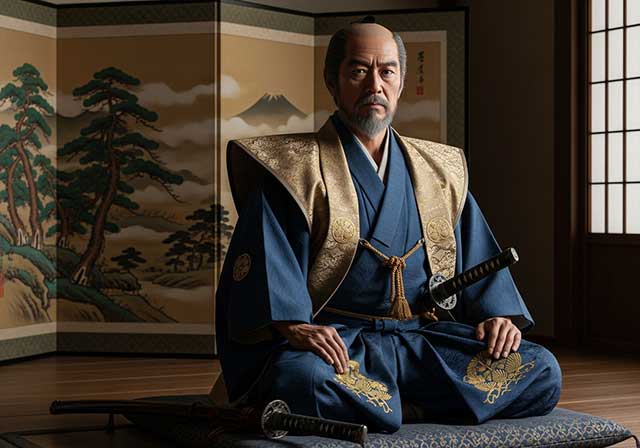
Ōtomo Yoshishige came from a noble lineage, being the eldest son of Ōtomo Yoshiaki, the ruler of Funai Province. The roots of the Ōtomo family traced back to Fujiwara Hidesato, the adopted son of Nakahara Chikayoshi. Fujiwara served Minamoto Yoritomo during the Genpei War and took part in battles in Mutsu Province in 1189. In 1193, he was appointed shugo of Buzen and Bungo Provinces, after which he adopted a new surname—Ōtomo.

